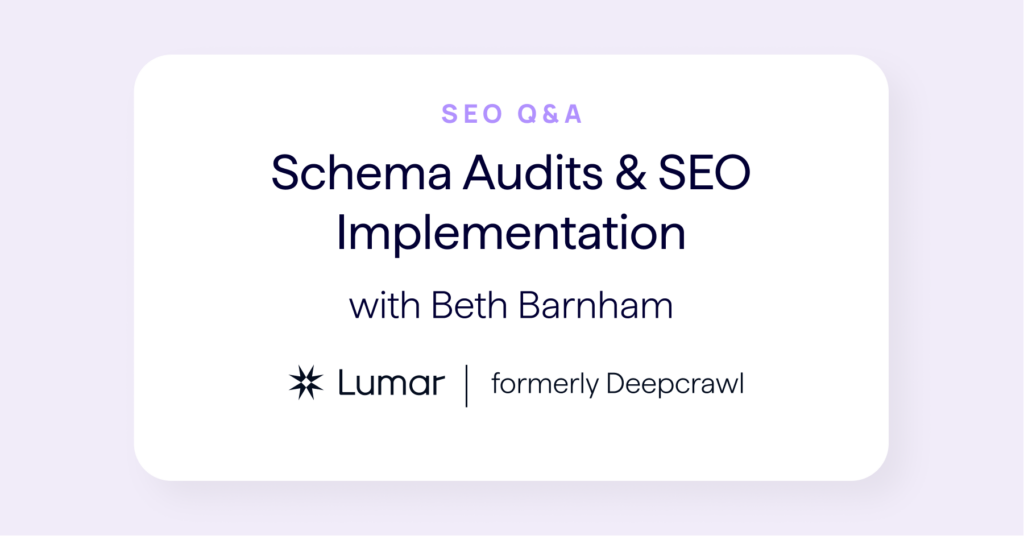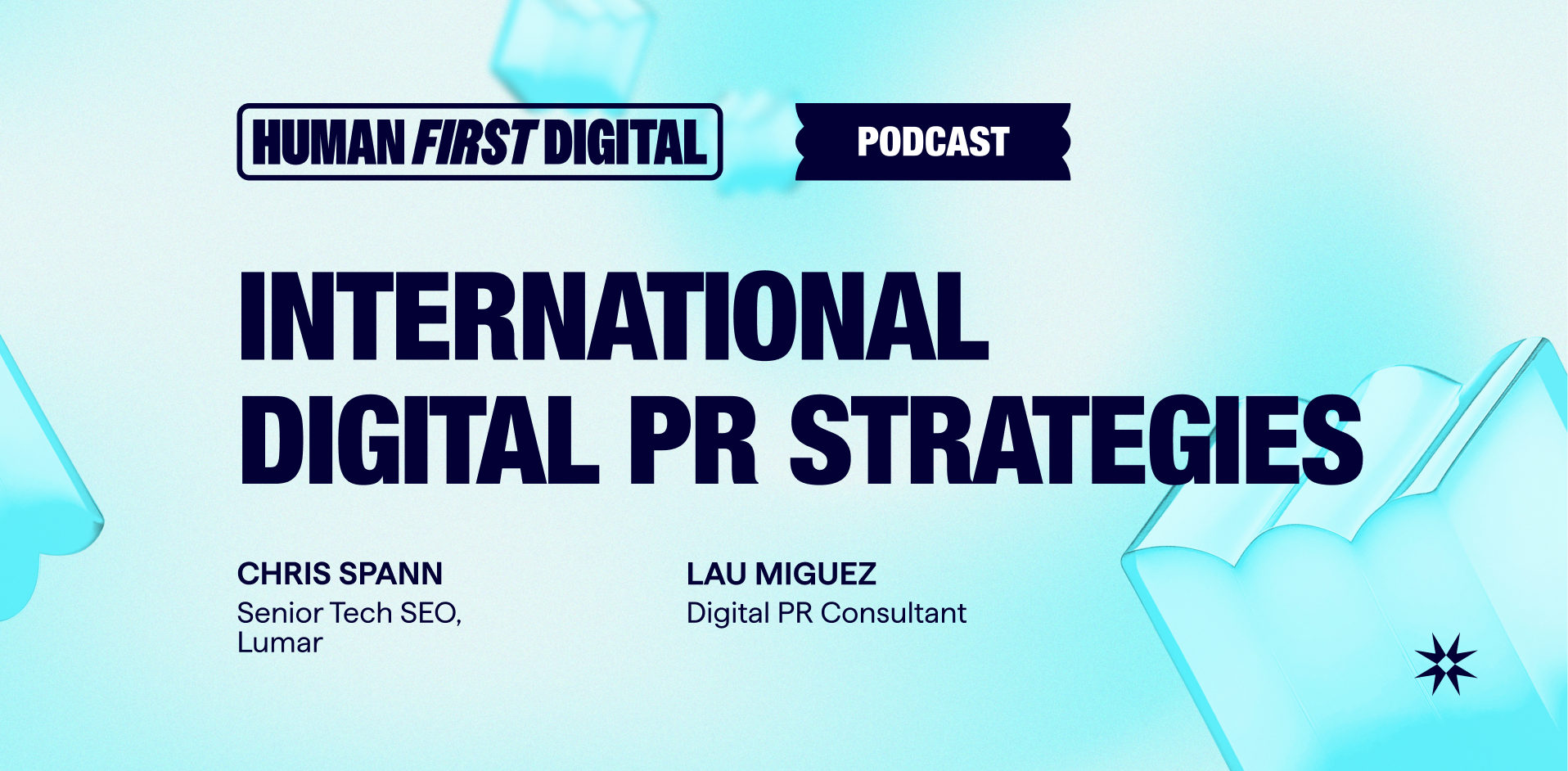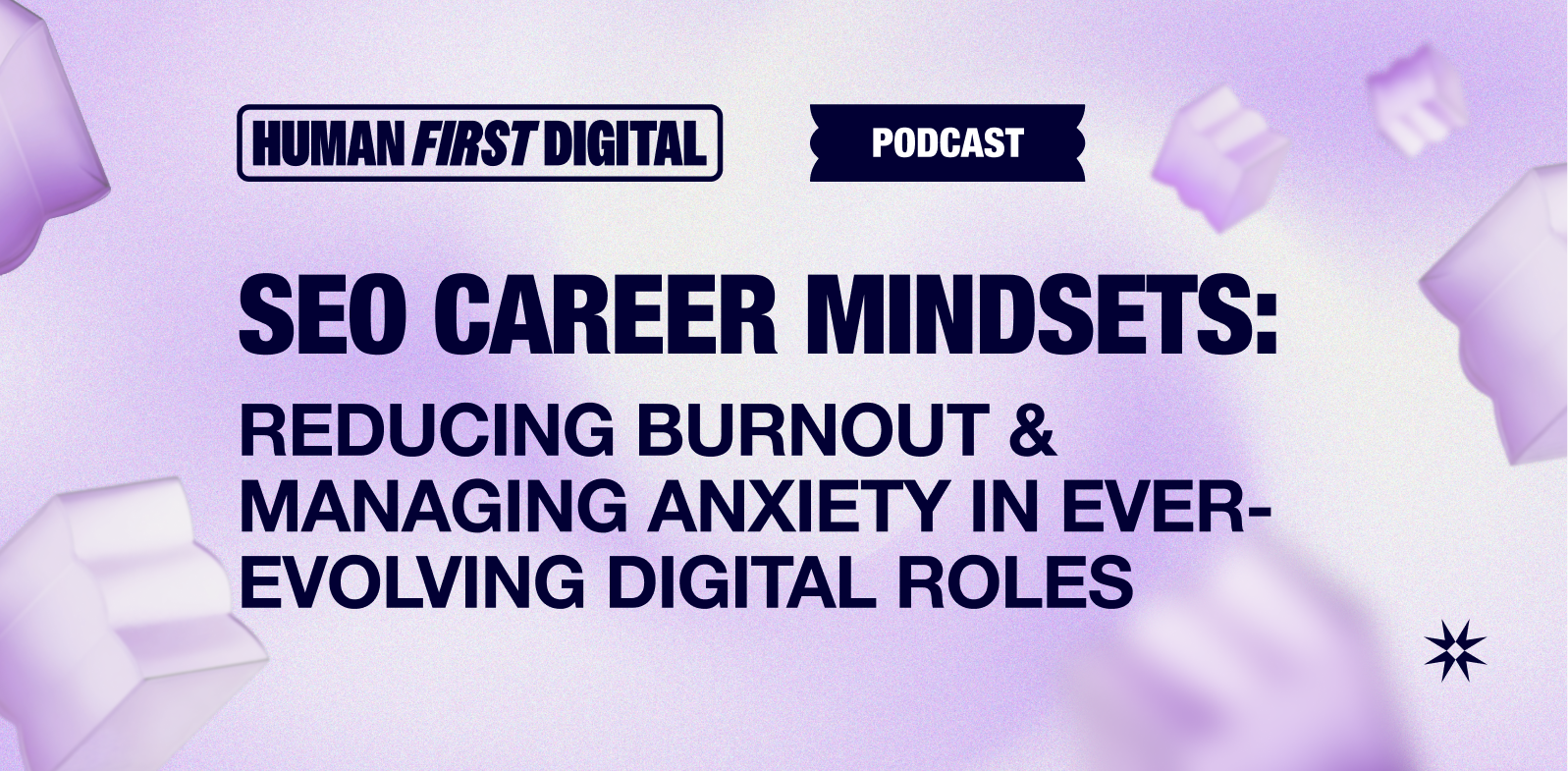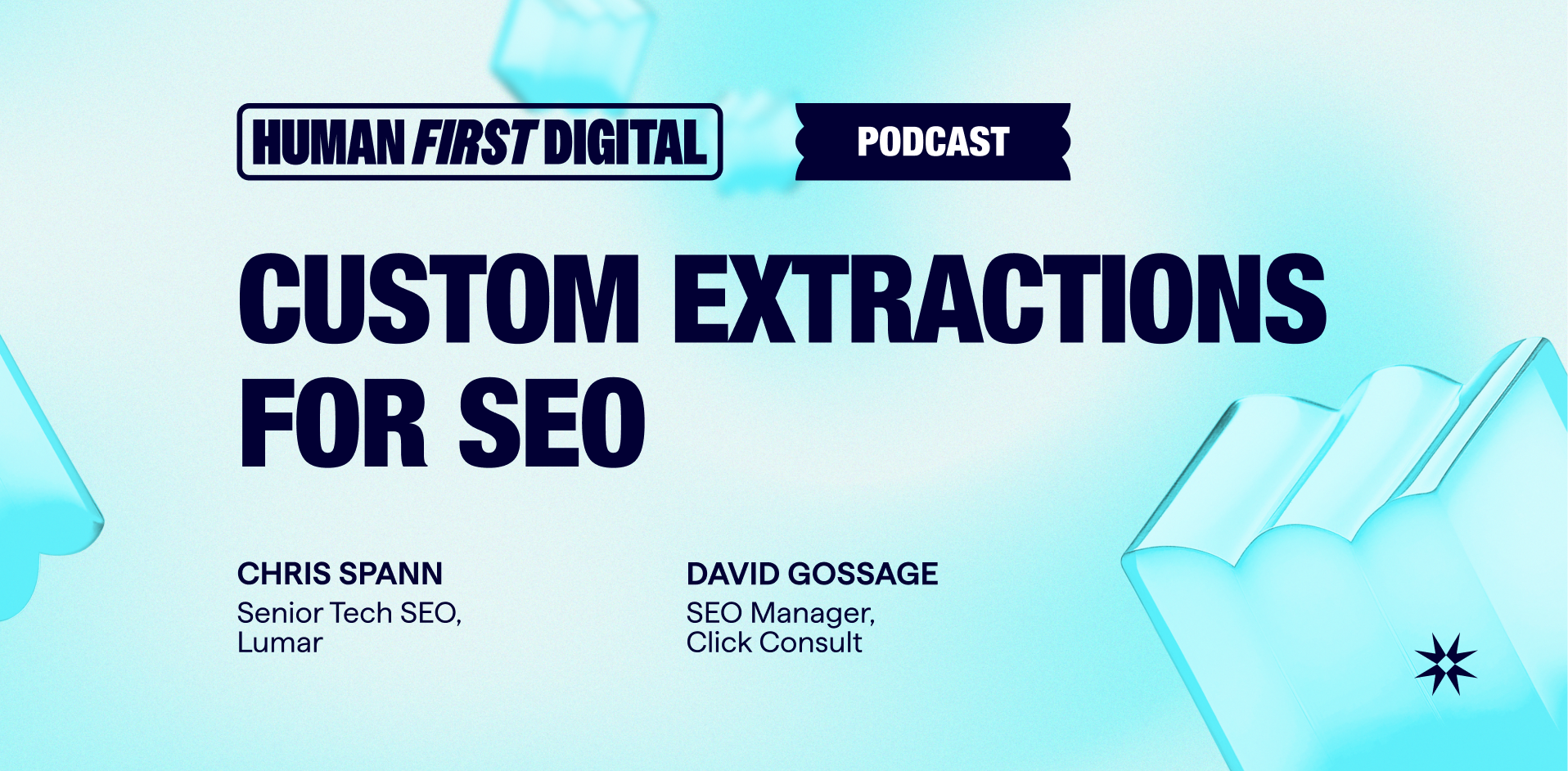This is the third in our ongoing series of interviews with SEO professionals. Lumar’s Jamie Indigo was on the ground at BrightonSEO earlier this month, where they had discussions with conference speakers to learn more about the SEO topics that are top-of-mind for today’s search experts and digital marketers.
This week we’re diving into site schema audits, common implementation challenges in SEO, and SEO career paths with Beth Barnham, Technical SEO Specialist at Liberty Marketing.
Listen to the full interview below, or read on for key moments from Jamie and Beth’s discussion.
Q: What’s your name — and what do you do?
Beth: My name is Beth Barnham — I’m a technical SEO specialist and I work at Liberty Marketing, Wales’s largest digital marketing agency.
Q: What was your BrightonSEO talk about?
Beth: My talk was about schema and how to audit schema for your website at scale. So, if you’ve got multiple websites, or if you’re an agency, how you can make the most of auditing your sites for schema—and how you can do that at scale as well. You can use different tools and pull things out, but sometimes things get missed, or different types of schema are on the site that you don’t even know you’ve got.
Q: Why is schema an important topic for you?
Beth: It’s something I’m super interested in — as I started learning more about it and digging deeper, it was something I just loved and I want to share everything I know about it.
There are a lot of interesting aspects of schema; it’s something you can dig deep into. For example, in terms of nested markup and multiple tags on a site — if you’ve got a website that’s got a lot of content on it, for example, an article that also references products or a person, then nested markup is the best way. Because you’re essentially telling search engines, “this is what we do, this is also what we do, and this is what we do as a business,” so you could link your entities within there. And the benefit of doing it via a nested process rather than loading the tags on the page is the benefit it gives to page speed as well — if you’re loading it through Google Tag Manager, that’s an additional tag and it could take more time to render a page, and that’s going to count toward your Core Web Vitals. It’s a balance, case by case, but I always nest it where possible.
Q: How did you get into SEO as a career path?
Beth: I don’t really have a strange story — I wasn’t like a paramedic who then changed careers; I actually did business and management at uni and I thought I would be really corporate and work in business consultancy. That was kind of my angle… and then I took a module in digital marketing and I felt, “Ooh, this is cool!” Then I started researching agencies and I guess I was kind of sucked in, I was young and impressionable and thought “agencies are cool, you can have a beer!” I got a digital marketing job at an agency and I always thought that social media would be my career… Then I started scheduling tweets and realized, oh, this is not the career for me. So I started looking into other areas and with SEO, I felt I could do this as a long-term thing. It’s really complex and there’s a lot of problem-solving and I quite like being a detective; I like figuring out problems. So it wasn’t a weird way to get into it, but I don’t think anybody says as a kid, “Yeah, I’m going to be an SEO when I grow up!”
Q: What are the top three issues you encounter in your day-to-day SEO work?
Beth: Working at an agency, one would probably be limited resources for clients. For example, if they don’t have an internal marketing or SEO team with the right resources and don’t have the ability to implement the recommendations that we’ve given to them. Or if they have different internal strategies that aren’t necessarily aligned with SEO, then that is something we’d have to address outside of SEO as well, since that’s a wider business issue for the client.
I would also say developer implementation is a big one because some developers aren’t in tune with SEO. They’re building this really cool stuff and that’s their project, but you’re here as an SEO saying, “hey, can you do this as well as what you’re doing in your project?” And that can take a lot of relationship-building—and building an understanding [between disciplines].
Building relationships with clients themselves is another one — it’s not an issue, exactly, but it’s about getting that buy-in from your client. For example, it can be hard to get buy-in if your client is a more top-level marketing manager and they don’t necessarily understand SEO; they just want to see “why haven’t we sold x amount of product” [in a given timeframe] — particularly because SEO is a long-term project.
In terms of doing the actual SEO work, issues can arise when things are implemented, but implemented in the wrong way. Like I’ll see HREFLANG tags that have just been copied across templates and it’s gone live, but it’s got the wrong tag on it, like using en-us instead of en-gb. Really simple stuff, but the rankings can go down or the wrong site could rank —HREFLANG can be complex, but it’s really easy to fix. I see this when I’m auditing sites all the time. Schema is another one when it comes to implementation. JSON-LD became more popular for schema, so people put JSON-LD on their site, but didn’t realize there was already RDFA on there. So now which one does Google focus on, and what are you actually trying to say? So you’re structuring the data, but what are you actually saying [to search engines] when there are two or three types on there? If you’ve got [schema for] an organization, a website, and a local business all connected to the content page — why are you not nesting those things? That’s an issue I see often as well.
Beth can be found on LinkedIn and Twitter.
Jamie Indigo can be found on Twitter — and on Lumar’s Professional Services Team.
Want more on schema and structured data? Read our Website Health article on schema markup: Using Structured Data to Drive More Organic Traffic.





